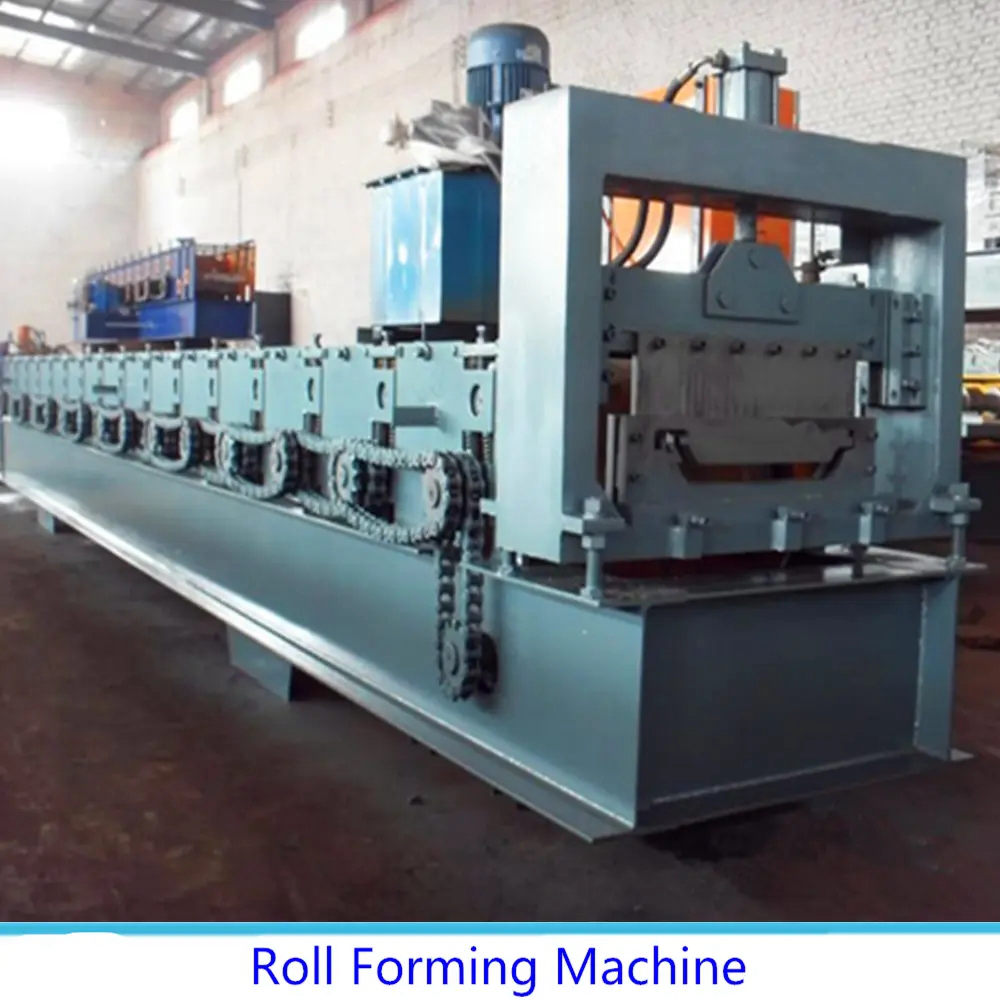
The Evolution and Importance of Roll Forming Machines for Roofing Sheets
Roll forming machines have revolutionized the way roofing sheets are produced, providing efficiency, precision, and cost-effectiveness in the manufacturing process. These machines are specifically designed to convert flat metal sheets into various shapes and profiles, which are vital for producing high-quality roofing materials.
The Evolution and Importance of Roll Forming Machines for Roofing Sheets
One of the primary advantages of using roll forming machines for roofing sheets is the production speed. The process is remarkably efficient, capable of producing long lengths of roofing sheets with minimal waste. Unlike traditional methods, which often require cutting and assembling panels, roll forming allows manufacturers to produce continuous rolls, significantly reducing the time and labor involved. Additionally, the precision of the machines ensures uniformity in each product, which is crucial for both aesthetics and functionality in roofing applications.

The versatility of roll forming machines is another significant benefit. They can be customized to produce various profiles and sizes, accommodating a wide range of roofing designs. This adaptability makes them suitable for different construction projects, from residential homes to large commercial buildings. Manufacturers can easily switch between profiles by changing the roller setup, providing flexibility in production and allowing quick response to market demands.
Furthermore, the use of roll forming machines contributes to sustainability in manufacturing. The process generates less scrap metal compared to other production methods, and many machines can be designed to operate with energy-efficient technologies. This reduced waste not only lowers production costs but also minimizes the environmental impact, making roll forming an eco-friendly choice for roofing material production.
In addition to their operational advantages, roll formed roofing sheets offer enhanced performance characteristics. These sheets can be coated with protective finishes to resist corrosion, UV damage, and other environmental factors, prolonging their lifespan and reducing maintenance costs. The interlocking designs of some profiles also promote better water drainage, reducing the risk of leaks and structural damage.
In conclusion, roll forming machines have become integral to the roofing industry, offering a blend of efficiency, versatility, and sustainability. As construction demands evolve, these machines will continue to play a crucial role in producing high-quality roofing sheets that meet both aesthetic and functional requirements. With advancements in technology, the future of roll forming looks promising, ensuring that it remains at the forefront of roofing material manufacturing.